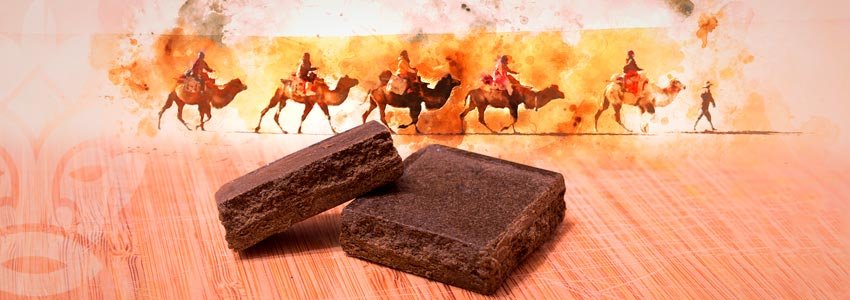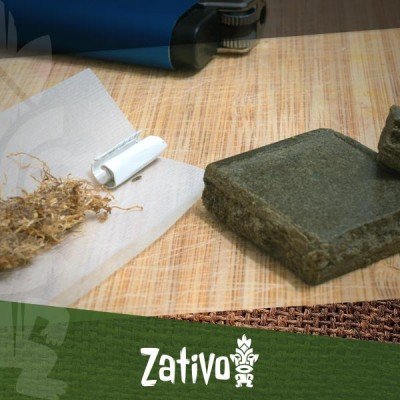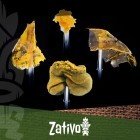Don't have an account?
Register NowYou have to add to cart at least 5 bottles or any program to make checkout.
- BlogThe Origin Of Hashish: A Mysterious History
The Origin Of Hashish: A Mysterious History
Published: June 9th, 2017
Categories:
Cannabis Info
Steeped in centuries of hearsay and myth, the origins of hashish are elusive. However, cannabis cultivation is an omnipresent part of numerous cultures’ ancient histories, especially in the Middle East.
A Brief History of Hashish By Zativo
Diverse records from around the world are evidence that hashish has retained distinct political significance in many regions. Furthermore, it is linked to the reigning periods of some of history’s most notorious and revered leaders alike. In certain spheres, hashish has been a harbinger of geographic and social upheaval; at present, international hashish distribution offers producers the opportunity to achieve major payouts under the threat of highly illicit operations.
WHAT IS HASHISH?
In its most simplistic form, hashish is made by collecting the resinous heads of trichomes from cannabis plants. Trichomes contain essential cannabinoids THC and CBD, as well as potent smelling terpenes, all of which produce effects when decarboxylated and consumed. “Hash” is synonymous with several different incarnations of cannabis resin and can be smoked or consumed in food and drink. The earliest recorded versions of hashish are noted for maintaining a hard, brick-like shape, resulting from intensive elements of pressure and heat.
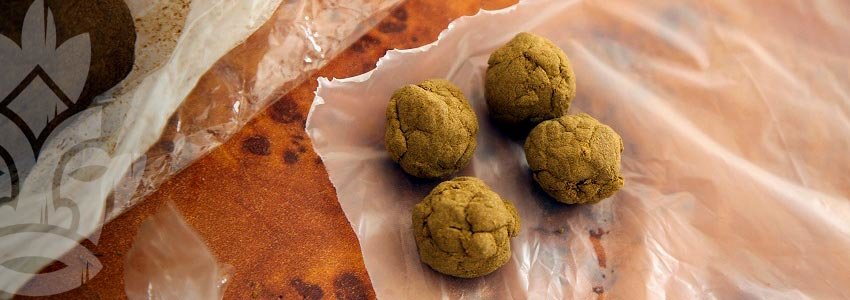
EARLY HISTORY OF HASH
Little evidence is compiled on the most ancient history of hashish. However, historians agree that the observable emergence of hash occurred by the 10th century in then-Arabia. Viable secondary evidence is limited on this subject until around the 11th century in which Muslim legislators debated its use in their culture.
From here on, hashish became normalised throughout Arabia and would soon disseminate throughout the entire Middle East. Indeed, hash is mentioned in the classic “1001 Arabian Nights” for its gaiety and sleep-inducing properties in the story “The Tale of the Hashish Eater.”

SHEIK HAIDAR APPRECIATES CANNABINOIDS
There is some debate as to whether Arabia “founded” hash, or was introduced to it by other cultures, specifically Persian Sufis. There is documentation of Sufi leader Sheik Haidar consuming cannabis, enjoying its psychotropic effects and encouraging cannabis use among his followers. Sheik Haidar is sometimes cited as discovering the psychoactive effects of THC, but this is unlikely considering the dates of his influence. Sheik Haidar’s followers were rumoured to have caused the spread of hashish throughout Arabia, but this evidence is unsubstantiated.
Sheik Haidar ruled between 1155 A.D. - 1221 A.D., long after hashish had become a part of Arabian culture. Though perhaps not responsible for instituting hashish in the middle-east, Sheik Haidar’s followers are said to have incited the dissemination of hashish to other nearby countries like Iraq and Egypt.
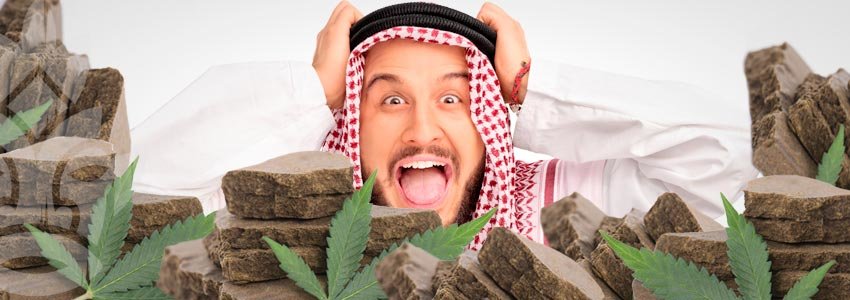
PROLIFERATION OF HASHISH
The proliferation of hashish in the Middle East experienced a dramatic upswing by the 13th century, followed by a period of global distribution. This period ushered in the vast circulation of cannabis and hashish into more regions by Mongolian tribes led by Genghis Khan.
In conquest, hashish was spread further than ever before into Russia and Central Asia. It was also around this time that the oldest monograph on hashish was written, entitled “Zahr al-'arish fi tahrim al-hashish.” The document has since been lost, but it detailed the prevalence of hashish throughout the 13th century. As trade routes began to open internationally, hashish infiltrated into Europe and was looked down upon by a very concerned Marco Polo in 1271 A.D. -1295 A.D.
Throughout the next few centuries, European colonialism and Asian hashish trade intersected, opening up a worldwide market. The 17th century saw a rise in tobacco, which in turn bolstered hash use. By the peak of the European industrial revolution, the advent of refined trichome sifting techniques allowed for easier resin collection, increasing hash production and distribution worldwide.

NAPOLEON & THE RISE OF HASH IN EUROPE
In 1798, Napoleon Bonaparte’s invasion of Egypt encouraged a significant rise in hashish smoking and ingestion by French soldiers. Alcohol was forbidden as part of Muslim tradition, causing soldiers to acquire a taste for hash. Suspicious of the substance, Napoleon outlawed hashish in Egypt in 1800 and forbade soldiers from consuming it. Napoleon associated hash with the Egyptian “lower class” and therefore closed down all hashish production facilities. What’s more, any imports of hash from other countries were burned or discarded without warning.
LE CLUB DES HACHICHINS
Despite Napoleon’s wishes, hashish use rose steadily in France and surrounding countries in early 19th century Europe. Cannabis has long been enjoyed by pivotal figures of arts and culture, leading to the formation of Le Club des Hachichins in 1843 in Paris. At this time, hash was used predominantly for recreational enjoyment, although some physicians and researchers began to recognise cannabis for its potential as a therapeutic supplement.
The Club des Hachichins was home to several distinct members of French society including Les Misérables author Victor Hugo and Dr. Jacques-Joseph Moreau, the first scientist to write a book about a specific drug. With a focus on social alienation, Moreau titled the piece Hashish and Mental Alienation.
Along with other members of the club, Moreau engaged in semi-secretive monthly “séances” where members would consume hashish together and discuss their findings. These meetings were more philosophical than truly scientific and reflected the intrigue French creatives had toward cannabis as transcendental and influential to aesthetics.
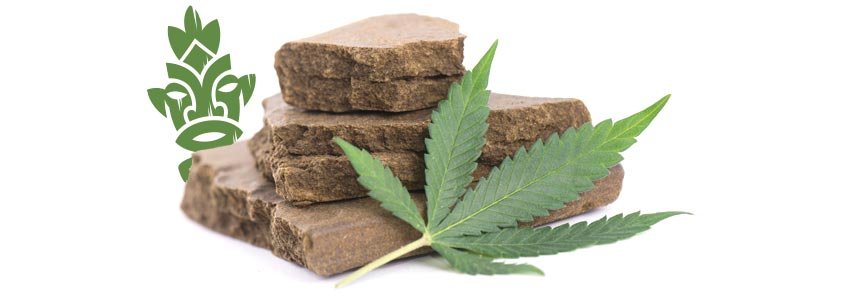
THE AGE OF PHARMACEUTICALS
At this point in history, hash was widely available in many parts of Europe and had not yet spurred the witch hunt it would in the near future. It wasn’t until the end of this era that cannabis began to be heavily policed and associated with dangers to physical and mental health. This shift largely resulted from a pharmaceutical takeover of modern medicine in Western culture. The change from primarily plant-based medicines to sleeping pills and pain relievers essentially eradicated the promise of cannabis as therapy in the 20th-century world.

By the end of the 19th century, between the years 1893-1894, Central Asia was exporting around 70,000kg into India. The world hashish market hit its all-time high in the early 20th century, with cannabis cultivation and hash exporting being carried out as a major operation in numerous countries around the world. There were also few limitations on trade, allowing for business to unabashedly grow.
PROHIBITION
Events took a sharp turn in the mid-1900s as all Chinese hash exports were ceased in 1934. Several countries begin to institute prohibition laws and the penalties for illegal cultivation and sales became harsher. Over the next couple decades, hashish consumption thrived in countries like India, with illegal trade a constant reality between Southern and Central Asia. As a worldwide market, hash sales dwindled and never regained the strength the industry once had. It wasn’t until the 1960s that hashish production experienced a resurgence, mainly in the country of Morocco.
PRESENT DAY HASH: MOROCCO
When examining modern hashish history, you can’t reference the current market without mentioning Morocco. Hash first came to Morocco as early as the 14th-15th century and was adopted traditionally by inhabitants of the Rif Mountains area. Individuals in these lands cultivated cannabis for generations and smoked it in Sebsi pipes and used it in traditional rites. The Moroccan government cautiously allowed cannabis cultivation until the mid-1960s when its prevalence spiked.

WESTERN INFLUENCE
In the early 1960s-1970s, Western counterculturists from Europe and North America visited Morocco as a tourist destination, enjoying hash when it was available. This led to a trend that increased cannabis cultivation and hash production in the Rif region. In turn, this caused the Moroccan government to unsuccessfully attempt to quell the business by attempting to purge growers in the area.
Although outlawed, Morocco dominated in hash production and exports from the 1980s until 2010, when the country was edged out by Afghanistan in the category of total hash production.
THE ORIGIN OF “ASSASSIN”: FACT OR MYTH?
One of the most oft-cited oral histories of hash appears in the story of “The Old Man of the Mountain.” This tale, which has been embellished and reconstructed over the years, links the etymology of the words “assassin” and “hash.” Retellings of “the Old Man…” centre around Hasan ibn al-Sabbah of Persia, leader of the Nizaris assassins.The leader allegedly inebriated young soldiers by feeding them cannabis, then bringing them back to his palace. He was said to then promise these lads eternal bliss and beauty in exchange for committing his murders.
It’s important to recognise that there is no real evidence to suggest that Hasan ibn al-Sabbah in fact drugged soldiers, however, there does appear to be a legitimate link between the words “hash” and “assassin.” The word “hashishiyya” in Arabic translates to “one who uses hash” and became synonymous with the Nizaris in large part due to the dramatised stories of Marco Polo.
MARCO POLO
Nearly 150 years after the supposed end of the Nizaris, Marco Polo wrote a secondhand retelling of this myth, demonising hash use and promoting xenophobia toward Arabs. All historical evidence suggests that Marco Polo couldn’t have crossed paths with the Nizaris and most likely used his version of the tale to assert his personal beliefs.
HASHISH TODAY
The nature of hash production has changed significantly as more nuanced methods for harvesting cannabinoids have been invented. With techniques such as ice water extraction and Bubble Hash, the amount of plant matter and chemical additives consumed by individuals is limited in favour of a more potent and pure consumption experience.
Throughout hash history, there has never been a real standard for quality assurance, resulting in varied efficacies between products. Additionally, the lack of historical oversight led to the potential for hash to be cut with other drugs and harmful additives. In recent years, the boom in cannabis concentrates shows a consumer demand for different methods of ingesting cannabis besides smoking the flowers.
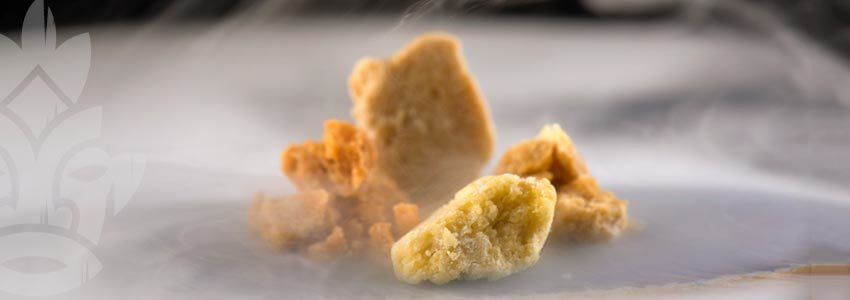
A SHIFTING POLITICAL CLIMATE?
As many countries push for legal cannabis cultivation, black market growers continue to capitalise on the demand for hash, charging prices significantly higher than what it costs to produce. Some producers actually fear the eminence of cannabis legalisation, since it would come along with many government regulations that could limit their untaxed profit.
As mainstream attitudes toward cannabis ease, the plant's historical impact will continue to make itself known alongside a greater acceptance of the incredible potential of cannabinoids.
